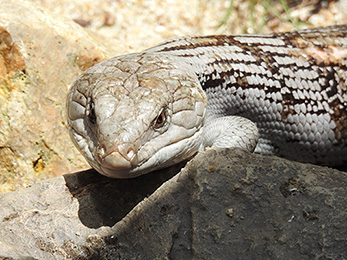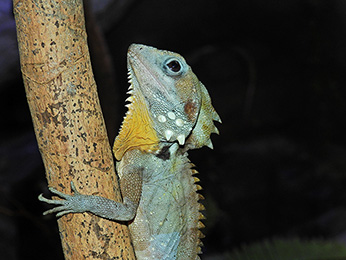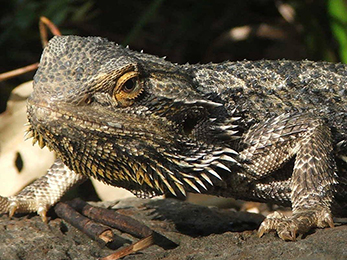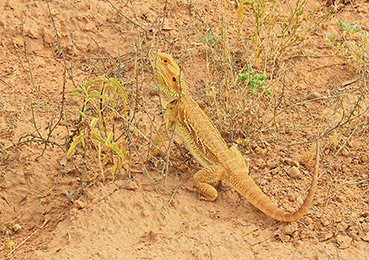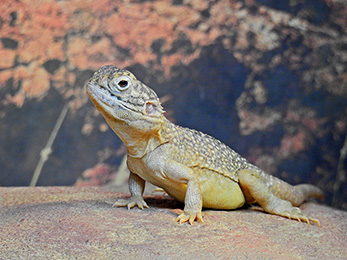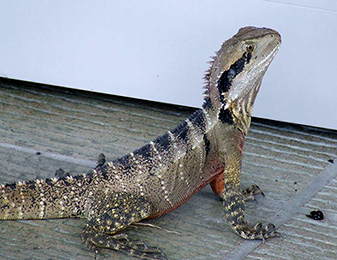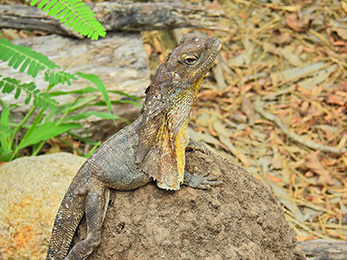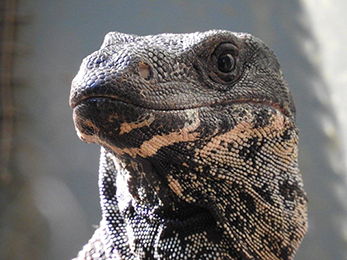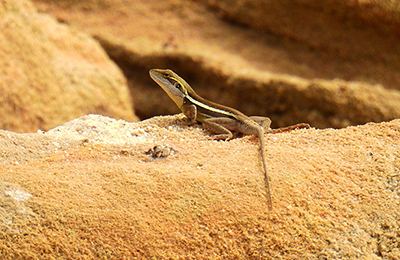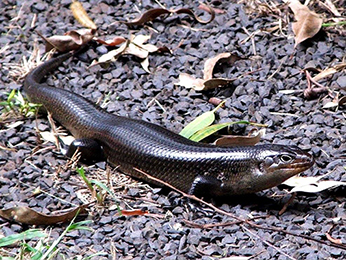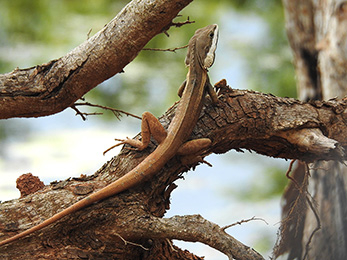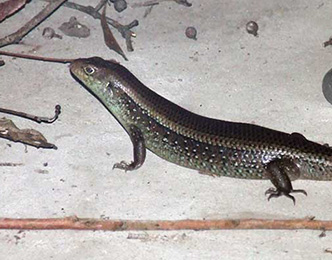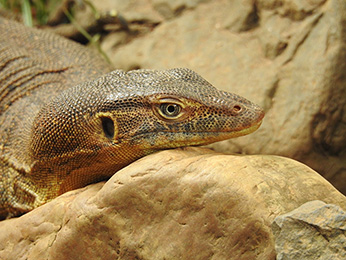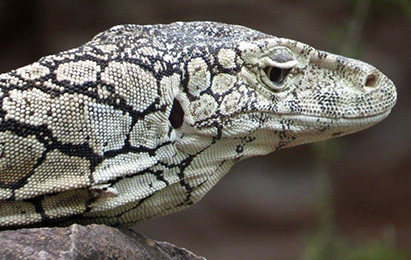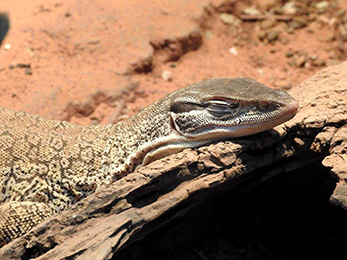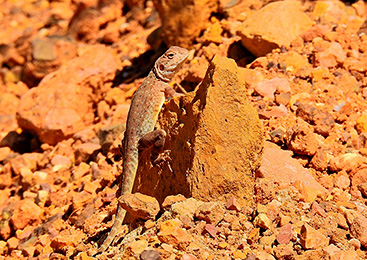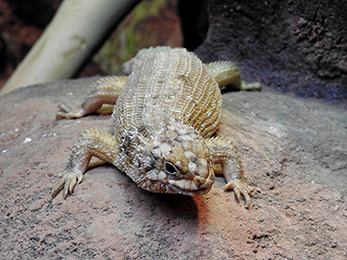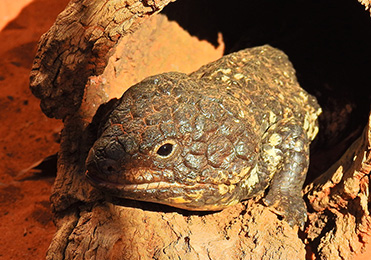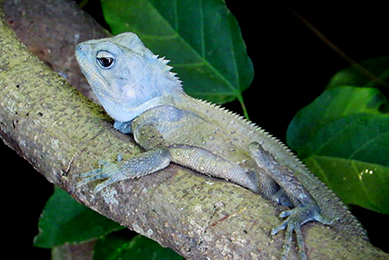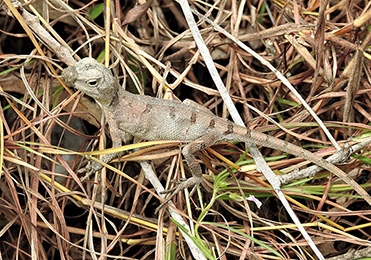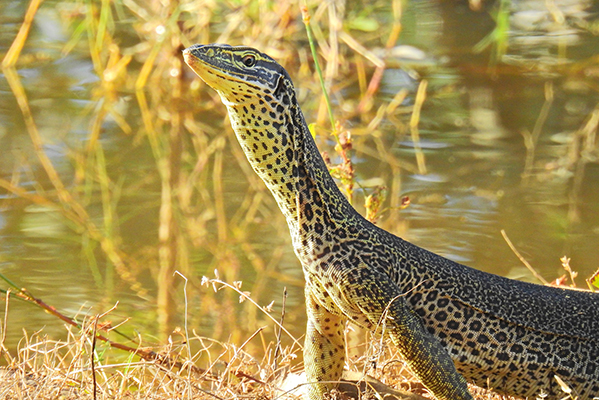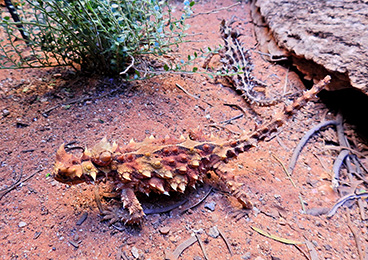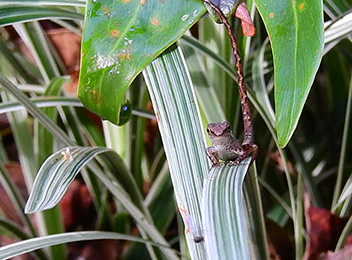LIZARDS - MONITORS & DRAGONS
Lizards and Monitors: Ancient Guardians of Australia’s Wild Landscapes
In the vast, sunlit expanses of Australia, where desert sands shimmer with heat and rainforests hum with life, lizards and monitors stand as some of the most remarkable inhabitants of the continent’s natural world. These reptiles are not only survivors of an ancient lineage but also living threads woven tightly into the ecological fabric of the land.
The Diversity of Lizards
Lizards are among the most widespread and versatile creatures in Australia. With over 800 described species, they form one of the richest reptile communities on Earth.
- Geckos: Tiny, soft-skinned, and often nocturnal, these lizards cling effortlessly to walls and ceilings with their adhesive toe pads. Their calls—sometimes chirps, sometimes clicks—add an unexpected voice to the night.
- Dragons: From the frilled-neck lizard with its dramatic display to the bearded dragon, these reptiles embody a prehistoric charm. Their sturdy bodies and spiny armour make them look like relics from another age.
- Skinks: Sleek and swift, skinks dart through leaf litter and undergrowth, their shimmering scales catching the light like polished stone. They are the quiet workers of the ecosystem, feeding on insects and helping maintain balance in the food chain.
Lizards inhabit nearly every environment: the damp understorey of rainforests, the windswept dunes of deserts, and even suburban gardens, where they act as natural pest controllers.
The Majestic Monitors (Goannas)
Among the lizard family, the monitors—often called Goannas—are the giants. Some species, like the Perentie (Varanus giganteus), stretch over 2.5 metres, making them the largest lizards in Australia. With muscular tails, sharp claws, and forked tongues flicking through the air, they command an air of ancient power.
- Habitat range: From tropical wetlands to arid deserts.
- Diet: Opportunistic hunters and scavengers, consuming insects, small mammals, reptiles, eggs, and carrion.
- Role in ecosystems: Goannas act as both predators and scavengers, controlling populations of smaller fauna and recycling nutrients by feeding on carcasses.
Life in the Sun: Ectothermic Adaptations
Both lizards and monitors are ectothermic, meaning they rely on external warmth to regulate their body temperature. Picture a skink basking on a sun-drenched rock, absorbing heat to fuel its daily activity. When the heat becomes too intense, it retreats into shade or burrows underground, demonstrating a finely tuned balance with its environment.
This connection to their surroundings makes them vulnerable to climate shifts, yet it also highlights their extraordinary adaptability.
Reproduction and Survival
The reproductive strategies of Australian lizards are as varied as their habitats:
- Egg-layers: Many species bury eggs in soil or sand, relying on the warmth of the earth to incubate.
- Live-bearers: Some, particularly in cooler climates, give birth to live young, ensuring greater survival in environments where eggs might not thrive.
This flexibility has allowed them to persist across landscapes that are unpredictable, harsh, and ancient.
Challenges to Their Future
Despite their resilience, lizards and monitors face mounting threats:
- Habitat loss due to land clearing and urban expansion.
- Introduced predators such as dogs, foxes and cats.
- Climate change, altering the temperatures and rainfall patterns on which they depend.
- Illegal pet trade, reducing wild populations of some species.
Their struggles remind us that even the most adaptable animals are not immune to human influence.
Why They Matter
Lizards and monitors are more than just survivors of a long evolutionary journey. They are indicators of ecosystem health; their abundance or decline often signals broader environmental changes. Protecting them means protecting the intricate web of life that sustains not only reptiles but countless other species, including ourselves.
A Shared Responsibility
The story of Australia’s lizards and monitors is one of resilience and fragility. They have endured through millions of years, yet their future now depends on us. By conserving habitats, reducing threats from invasive species, and valuing their ecological role, we ensure these reptiles continue to thrive.
To see a Goanna stride across the red earth or to glimpse a gecko clinging to a window at dusk is to witness a living fragment of Earth’s deep history. Protecting them is, in many ways, protecting the very spirit of Australia’s wild heart.
References and Sources
General Diversity of Lizards & Reptiles in Australia
Cogger, H. (2018). Reptiles and Amphibians of Australia (7th Edition). CSIRO Publishing.
Australian Museum. (2023). Lizards in Australia. Retrieved from: https://australian.museum
Wilson, S. & Swan, G. (2021). A Complete Guide to Reptiles of Australia (6th Edition). New Holland Publishers.
Geckos, Skinks, and Dragons
Shea, G. & Sadlier, R. (1999). A Field Guide to the Reptiles of New South Wales. Reed New Holland.
Australian Museum – Geckos: https://australian.museum/learn/animals/reptiles/geckos/
Monitors (Goannas)
King, D. & Green, B. (1999). Goannas: The Biology of Varanid Lizards. University of New South Wales Press.
Australian Reptile Online Database: Varanus giganteus (Perentie) – http://reptile-database.reptarium.cz
Ectothermy & Behaviour
Pianka, E. R. & Vitt, L. J. (2003). Lizards: Windows to the Evolution of Diversity. University of California Press.
Reproduction and Adaptations
Shine, R. (1985). “The Evolution of Viviparity in Reptiles: An Ecological Analysis.” In Biology of the Reptilia, Vol. 15. Academic Press.
Greer, A. E. (1989). The Biology and Evolution of Australian Lizards. Surrey Beatty & Sons.
Threats and Conservation
Woinarski, J. C. Z., Burbidge, A. A., & Harrison, P. (2015). The Action Plan for Australian Mammals 2012 (relevant for invasive predators). CSIRO Publishing.
Doherty, T. S., et al. (2017). “Impacts of feral cats in Australia.” Wildlife Research, 44(7), 473–491.
CSIRO: Climate change impacts on reptiles – https://www.csiro.au
IUCN Red List of Threatened Species – https://www.iucnredlist.org

